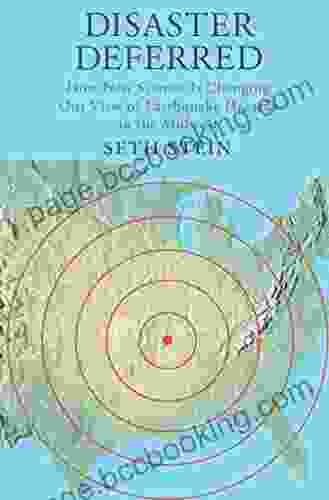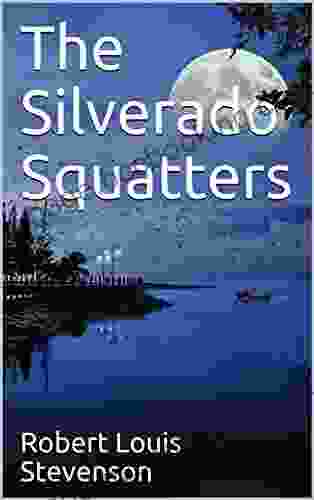Multicultural Origins and Descendants of the Fort Ancient Culture

5 out of 5
| Language | : | English |
| File size | : | 18402 KB |
| Text-to-Speech | : | Enabled |
| Screen Reader | : | Supported |
| Enhanced typesetting | : | Enabled |
| Word Wise | : | Enabled |
| Print length | : | 298 pages |
Nestled amidst the rolling hills and winding rivers of the Ohio River Valley, the Fort Ancient culture flourished from approximately 1000 to 1650 CE. This enigmatic civilization has intrigued archaeologists and historians alike with its distinctive earthen enclosures, elaborate ceramic art, and complex social organization. Through archaeological research and meticulous analysis, the multicultural tapestry of the Fort Ancient people is gradually being unraveled.
Origins and Influences
The Fort Ancient culture emerged from a confluence of influences, drawing upon the cultural heritage of several predecessor societies. The Adena culture, with its earthen mounds and sophisticated ceremonial practices, laid the foundation for the Fort Ancient way of life. The Hopewell tradition, known for its elaborate earthworks and long-distance trade networks, also played a formative role.
As the Fort Ancient culture developed, it absorbed elements from neighboring groups, such as the Iroquois and the Mississippian cultures. These interactions resulted in a vibrant and diverse society that synthesized multiple cultural traditions.
Earthen Enclosures
One of the most iconic features of the Fort Ancient culture is its earthen enclosures. These massive fortifications, constructed from compacted earth, served as defensive structures, gathering places, and ceremonial centers. The largest and most complex of these enclosures, the Great Serpent Mound in Ohio, is a testament to the ingenuity and artistry of the Fort Ancient people.
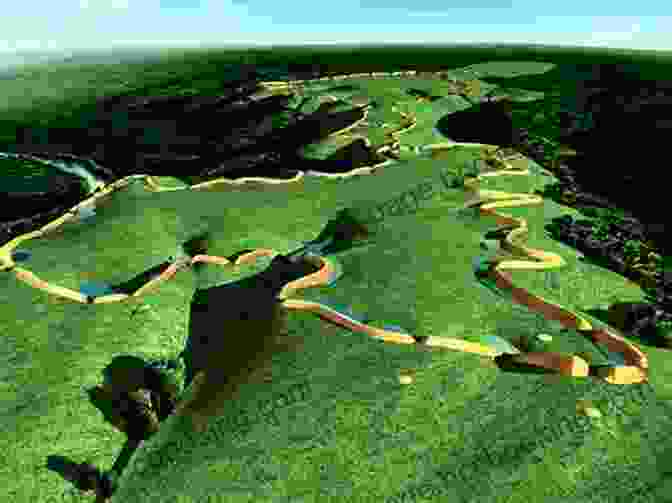
Ceramic Art
The Fort Ancient people were renowned for their exceptional ceramic art. Their pottery vessels, adorned with intricate designs and polished to a lustrous sheen, exhibited a remarkable level of craftsmanship. The imagery depicted on their ceramics often reflected their beliefs, social customs, and interactions with other cultures.
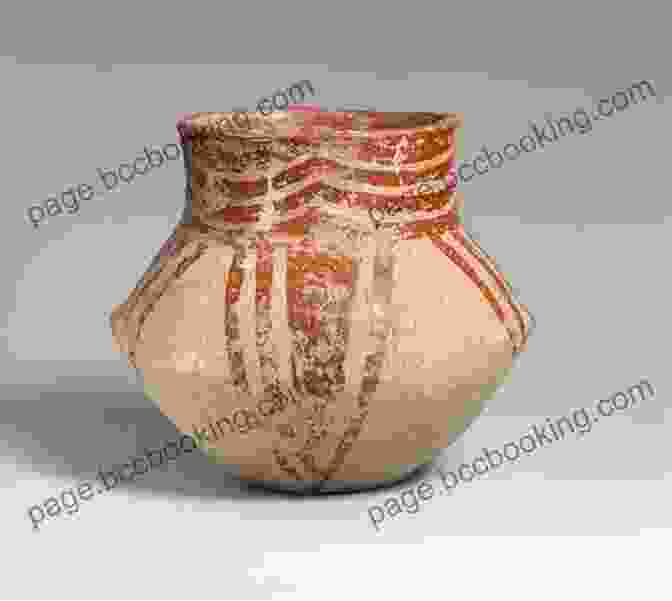
Social Organization
Fort Ancient society was characterized by a complex social hierarchy. At its apex were individuals known as "headmen," who played a pivotal role in decision-making and the organization of daily life. These leaders were supported by a class of warriors, who defended the community and maintained Free Download.
The bulk of the population consisted of commoners, who engaged in agricultural pursuits, hunting, and gathering. Evidence suggests that women held a respected position in Fort Ancient society and actively participated in community affairs.
Legacy and Descendants
The Fort Ancient culture abruptly declined around 1650 CE, possibly due to a combination of factors such as disease, warfare, and environmental changes. However, the legacy of this vibrant civilization continued through its descendants.
Many scholars believe that the Fort Ancient culture gave rise to the Shawnee, an Algonquian-speaking people who inhabited the Ohio River Valley during the colonial period. The Shawnee people have preserved certain cultural practices and traditions that echo the Fort Ancient heritage, such as the construction of ceremonial earthworks and the use of intricate ceramic designs.
In addition to the Shawnee, other Native American groups in the region, such as the Miami, Wyandot, and Seneca, may also have Fort Ancient ancestry. The cultural traditions of these groups bear striking similarities to those of the Fort Ancient people, hinting at a shared ancestral heritage.
Preservation and Heritage
Preserving the legacy of the Fort Ancient culture is crucial for understanding the rich history and cultural diversity of the Ohio River Valley. Archaeological sites, such as the Great Serpent Mound and the Serpent Mound State Memorial, are protected and managed to ensure their preservation for future generations.
Museums and educational institutions play a vital role in showcasing Fort Ancient artifacts, educating the public about their cultural significance, and fostering a sense of pride and connection with this unique heritage.
The Fort Ancient culture stands as a testament to the vibrant and complex tapestry of human history. Through its multicultural origins, impressive achievements, and enduring legacy, this civilization continues to captivate researchers, inspire artists, and connect contemporary communities with their ancestral past. Preserving and celebrating the Fort Ancient heritage is essential for understanding and appreciating the rich cultural diversity that has shaped the Ohio River Valley and beyond.
5 out of 5
| Language | : | English |
| File size | : | 18402 KB |
| Text-to-Speech | : | Enabled |
| Screen Reader | : | Supported |
| Enhanced typesetting | : | Enabled |
| Word Wise | : | Enabled |
| Print length | : | 298 pages |
Do you want to contribute by writing guest posts on this blog?
Please contact us and send us a resume of previous articles that you have written.
 Book
Book Novel
Novel Page
Page Chapter
Chapter Text
Text Story
Story Genre
Genre Reader
Reader Library
Library Paperback
Paperback E-book
E-book Magazine
Magazine Newspaper
Newspaper Paragraph
Paragraph Sentence
Sentence Bookmark
Bookmark Shelf
Shelf Glossary
Glossary Bibliography
Bibliography Foreword
Foreword Preface
Preface Synopsis
Synopsis Annotation
Annotation Footnote
Footnote Manuscript
Manuscript Scroll
Scroll Codex
Codex Tome
Tome Bestseller
Bestseller Classics
Classics Library card
Library card Narrative
Narrative Biography
Biography Autobiography
Autobiography Memoir
Memoir Reference
Reference Encyclopedia
Encyclopedia R H Tawney
R H Tawney Sarah A Clark
Sarah A Clark Shawna Kay Rodenberg
Shawna Kay Rodenberg Shannon Philpott Sanders
Shannon Philpott Sanders Paul Gamble
Paul Gamble Steven Schneider
Steven Schneider Plutarch
Plutarch Thomas Wentworth Higginson
Thomas Wentworth Higginson R Alan Douglas
R Alan Douglas Peggy Cunningham
Peggy Cunningham Zhi Gang Sha
Zhi Gang Sha Patricia Callahan Walkenhorst
Patricia Callahan Walkenhorst Paul Nardozzi
Paul Nardozzi Viktor Vagon
Viktor Vagon Saul Tanpepper
Saul Tanpepper Peter Loan
Peter Loan Philip S Harrington
Philip S Harrington Tom Poland
Tom Poland Nikki Tate
Nikki Tate Pernille Rudlin
Pernille Rudlin
Light bulbAdvertise smarter! Our strategic ad space ensures maximum exposure. Reserve your spot today!

 Octavio PazUnleash Your Green Thumb: Discover Creative Ways to Grow Herbs, Fruits, and...
Octavio PazUnleash Your Green Thumb: Discover Creative Ways to Grow Herbs, Fruits, and... Denzel HayesFollow ·16.7k
Denzel HayesFollow ·16.7k Aldous HuxleyFollow ·3.9k
Aldous HuxleyFollow ·3.9k Juan ButlerFollow ·9.9k
Juan ButlerFollow ·9.9k Jerome PowellFollow ·6k
Jerome PowellFollow ·6k John KeatsFollow ·3.8k
John KeatsFollow ·3.8k Alvin BellFollow ·5.3k
Alvin BellFollow ·5.3k Sidney CoxFollow ·17.5k
Sidney CoxFollow ·17.5k Dwayne MitchellFollow ·5.6k
Dwayne MitchellFollow ·5.6k
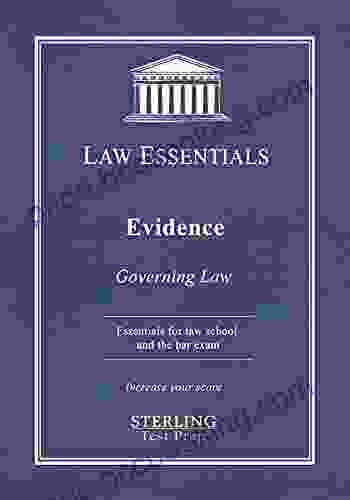
 Marvin Hayes
Marvin HayesGoverning Law for Law School and Bar Exam Prep: Your...
Unlock the Secrets of...
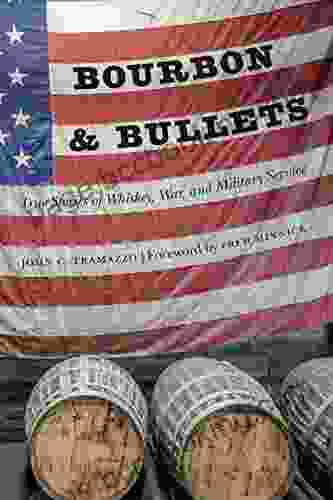
 Sidney Cox
Sidney CoxUnveiling the Epic Tales of Whiskey, War, and Military...
In the tapestry of history,...

 Victor Turner
Victor TurnerGoverning Law for Law School and Bar Exam Prep: The...
What is Governing...

 Robert Browning
Robert BrowningSterling Test Prep MCAT General Chemistry Practice...
: Embark on Your MCAT General Chemistry...
5 out of 5
| Language | : | English |
| File size | : | 18402 KB |
| Text-to-Speech | : | Enabled |
| Screen Reader | : | Supported |
| Enhanced typesetting | : | Enabled |
| Word Wise | : | Enabled |
| Print length | : | 298 pages |





